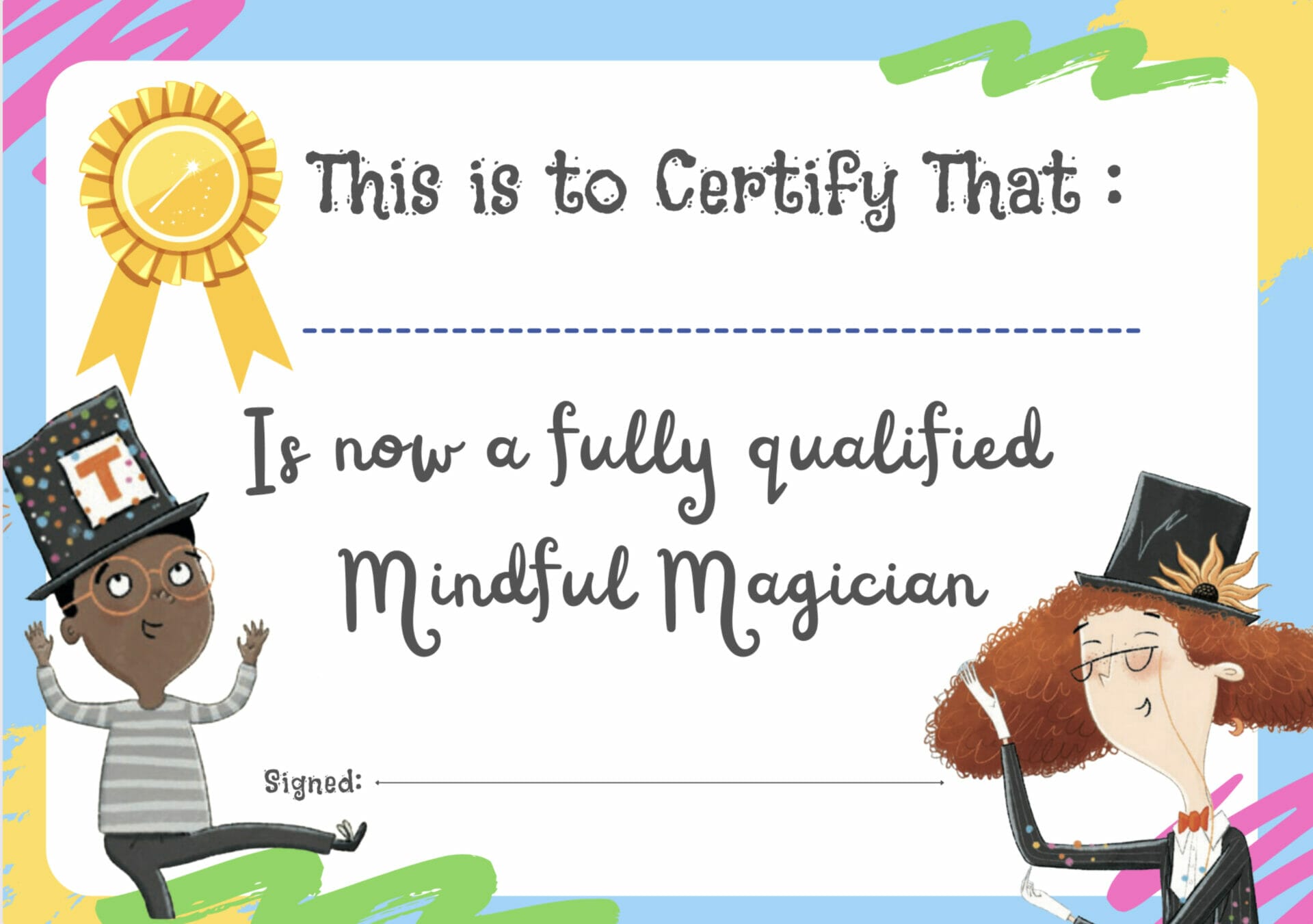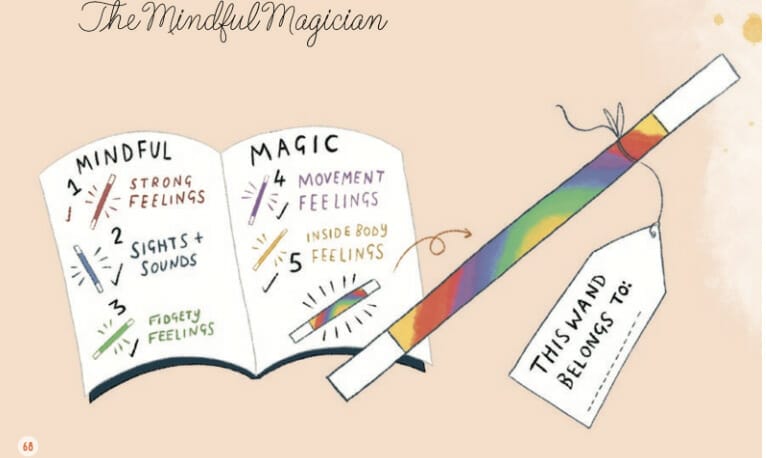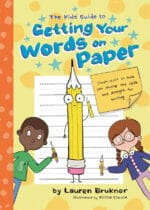MAKE LEARNING TO MANAGE EMOTIONS FUN WITH THE MINDFUL MAGICIAN
Empowering children through mindfulness

**************************************
Join me for an upcoming Workshop:
Can't make these Workshop dates? Join me for a self-paced on-demand course:
Sue Larkey On-Demand Workshops
**************************************
Discussed in this episode
✅ Guest Author Lauren Bruckner shares top tips for empowering children through mindfulness autism spectrum by using her picture book to help children 4+ years and up understand and regulate their emotions
✅Create a classroom display using the templates provided.
✅Teach children to “zap” feelings away using their “Boss of Emotions Wand”
✅ Lauren Bruckner: Occupational Therapist, Author and Emotional Literacy Advocate
✅ Creating Magical Superpowers: Teaching Children Self-regulation”
✅ Embracing Big Emotions: Ensuring Kids Know It’s Okay to Feel”
“The Mindfulness Magician: Using Illustrations and Metaphors to Facilitate Emotional Understanding”
The magical powers in this book will help teach readers important self-regulation techniques to manage overwhelming emotions and inside body feelings. There are five brilliant strategies in the pages of this book.




What are the common challenges Teachers and Carers have that this podcast solves
Challenge |
Solution |
|
Teaching children about emotional literacy and self-regulation can be difficult.
|
Using illustrated books and concrete, child-friendly language can make these concepts more accessible and understandable for children.
|
|
Children, especially those on the autism spectrum, may struggle to understand that people can have different feelings about the same event.
|
Discussing and highlighting different emotional responses to the same event can help children grasp the concept of individual emotional responses.
|
|
Helping children manage their emotions can be a tough task for both teachers and parents.
|
Teaching children how to ‘fix’ or manage their feelings with practical strategies, such as using visual stop signs representing their calming methods, can be useful.
|
|
Embedding emotional discussions in daily activities and normalizing them can be tricky.
|
Teaching children how to ‘fix’ or manage their feelings with practical strategies, such as using visual stop signs representing their calming methods, can be useful.
|
|
Some children may struggle to express their emotions or understand their feelings.
|
Using various strategies from the book, such as creating personal stop signs or exploring feelings through illustrated characters, can help children express and understand their emotions better. |
10 Tips Strategies a Teacher or Parent could take from this interview to help with empowering children through mindfulness
-
Embrace All Emotions:
Recognize that all emotions, both positive and negative, are part of a child’s development. They are not only normal, but necessary for growth.
-
Promote Emotional Literacy:
Regularly engage with kids in activities that help them identify and articulate their feelings. Use tools like Bruckner’s book to facilitate these discussions.
-
Teach Self-Regulation:
Help children develop coping strategies to manage their emotions, such as deep breathing exercises, grounding techniques, and guided meditations.
-
Model Emotional Health:
Show them it’s okay to feel big emotions and to express them in healthy ways. Your own emotional wellbeing can serve as a powerful teaching tool.
-
Use Metaphors and Illustrations:
These can be incredibly helpful in explaining complex emotions to children. Storytelling, role-playing, and visual aids can simplify these concepts and make them more relatable.
-
Normalize Differences in Emotions:
Teach children that it’s okay for everyone to have different feelings about the same activity, highlighting individual emotional experiences.
-
Emotion Identification and Regulation:
Help kids identify their emotions and teach them strategies to ‘fix’ or manage those feelings so they can regain a sense of control.
-
Emotional Learning through Visual Aids:
Leverage well-illustrated books like Bruckner’s, which can engage children and facilitate discussion about feelings and coping mechanisms.
-
Promote Empathy through Shared Experiences:
Encourage students to understand that their peers also experience diverse emotions, helping to foster empathy and understanding.
-
Explore Emotions in Various Contexts:
Consider taking discussions about emotions beyond the home or therapy sessions, like exploring what feelings would look like in a school setting.
The Mindful Magician and the Trip to Feelings Town Tips and Tricks to Help the Youngest Readers Regulate their Emotions
$33.99
40 in stock
Empower children with self-regulation strategies for emotions and sensory experiences through interactive storytelling. Learn, adapt and conquer with the Mindful Magician.










 Sorry we no longer ship items outside Australia. Please consider the digital versions of Sue’s Books –
Sorry we no longer ship items outside Australia. Please consider the digital versions of Sue’s Books – 